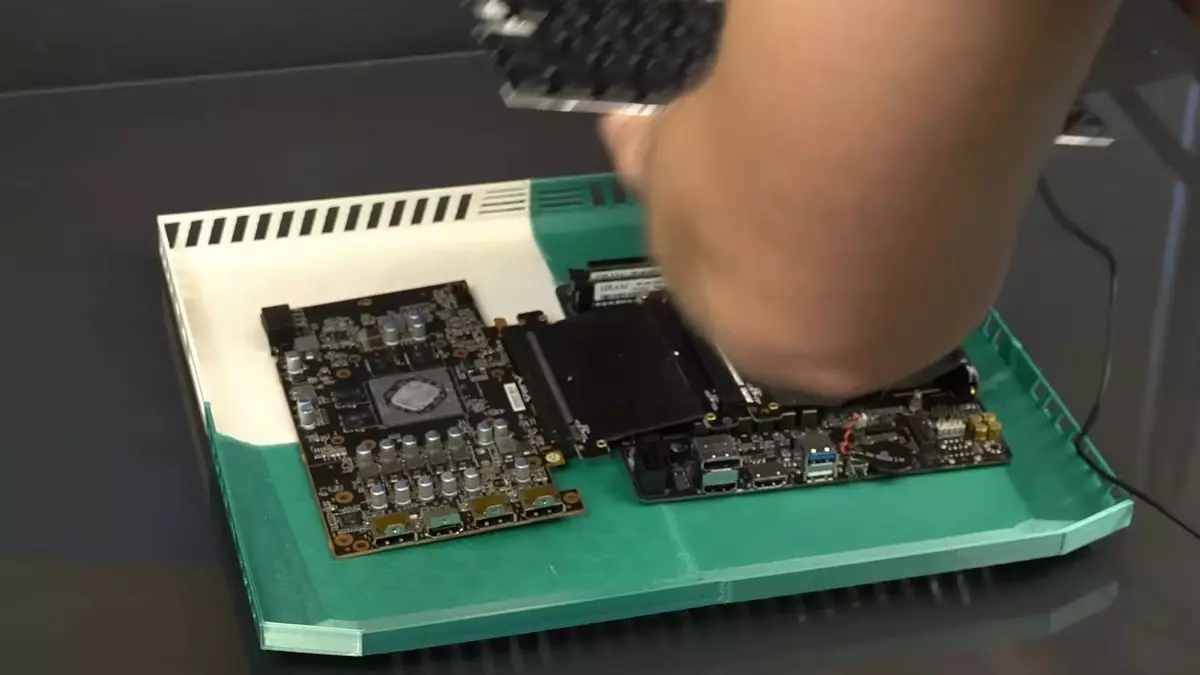Gaming laptops are often criticized for not being as powerful as their desktop counterparts due to limitations in GPU performance. However, YouTuber Socket Science has defied the odds by creating a completely bespoke DIY gaming laptop using desktop parts. The process took over 14 months, but the end result was a functional and aesthetically pleasing gaming laptop that runs games surprisingly well.
One of the main reasons behind Socket Science’s decision to build a DIY gaming laptop was the inferior performance of gaming laptop GPUs compared to desktop graphics cards of the same model. It is a well-known fact that laptop GPUs, such as the RTX 4080, are not as powerful as their desktop counterparts due to mobile power limitations. This discrepancy in performance prompted Socket Science to take matters into their own hands and repurpose desktop parts for their laptop build.
The DIY gaming laptop featured an AMD Ryzen 5 5600X, an XFX Radeon RX 6600, a Gigabyte ITX motherboard, low-profile RAM, a 120Hz QHD portable gaming monitor, a thin keyboard, a touchpad, and a DC-to-DC power supply. These components were carefully selected and modified to fit into a laptop form factor, which is a challenging task compared to building a traditional desktop PC.
The Building Process
Building a laptop is a vastly different experience from assembling a desktop PC. The components must be tightly packed together with efficient cooling solutions and strategically laid out to maximize space. Socket Science’s building process involved desoldering and snipping motherboard components, disassembling the graphics card to extract the PCB with the GPU, and utilizing 3D printing for custom parts like fans and casing.
After months of meticulous work, Socket Science successfully assembled a fully functional gaming laptop with desktop-level performance. The final build included copper elements, heatsinks, heatpipes, a custom 3D printed case, a detachable LCD lid with the portable monitor, and integrated keyboard and touchpad. The attention to detail and craftsmanship involved in creating this DIY gaming laptop is truly commendable.
Building a DIY gaming laptop with desktop parts is a complex and time-consuming process that requires a high level of technical skill and creativity. While Socket Science’s project may not be feasible for every enthusiast, it serves as a testament to the capabilities of DIY builders in the gaming community. Witnessing the transformation of individual components into a fully functional gaming laptop is a reminder of the endless possibilities that exist in the realm of PC building.


Leave a Reply